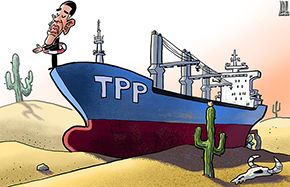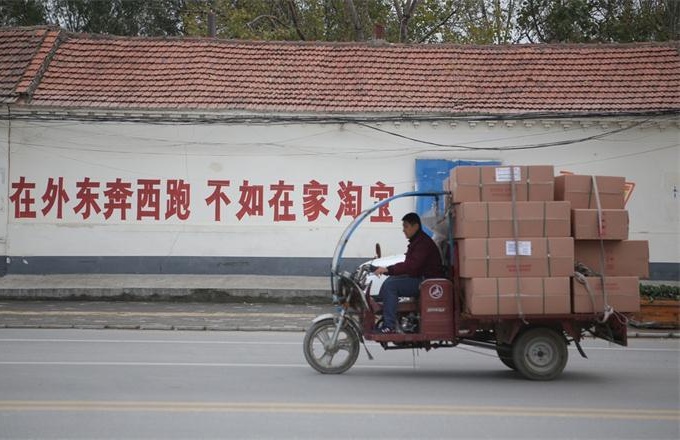Toward more resilient and reliable partnership
Latin American participation in foreign value added in Chinese demand is low but promising. According to a study by CAF Development Bank of Latin America, the Organization of Economic Cooperation and Development, and the Economic Commission for Latin America and the Caribbean, the region's share increased from 2 percent in 2000 to 6 percent in 2011. In comparison Asia, as the main origin of imported value added in Chinese demand, had a share of 37 percent in 2011. Agriculture and services are potential sectors that could increase Latin America's share, especially because of the opportunities created by China's upgrading.
Yet to unleash the potential of the relationship, China and Latin America will need to devote greater efforts at improving mutual understanding and interactions. Otherwise, it would be very hard to implement the diverse cooperation tools, including platforms and financing vehicles for about $50 billion, devised in recent years.
The two sides should, therefore, set up technical funds at bilateral and regional levels to promote the exchange of development experiences in specific areas, such as productive development policies, in order to identify synergies and regulatory issues that could help integrate value-added chains between China and the region.
The China-Mexico Fund, with a $1.2 billion capital and administered by the International Finance Corporation Asset Management Company, could be a point of reference for forging different and innovative arrangements to support infrastructure, mining and energy projects. The China-LAC Industrial Cooperation Fund is also geared toward financing these sectors.
Given the infrastructure gap in the region, such types of funds could provide the avenues and logistics to support higher quality trade and investments. And to maximize their use, China and the region could continue exploring bilateral and/or sub-regional mechanisms that enable them to launch and implement innovation and industrial cooperation programs.
Conditions are set for China and the region to jointly address the structural challenges of their development agendas. Whether they are able to complement them depends on the quality of the partnership they continue to forge. If it advances toward a more resilient and reliable partnership, based on the principle of South-South cooperation, China and Latin America cannot only demonstrate but also multiply the benefits of further integrating their economies and opening them up to new skills and niches that will make their economies more competitive.
The author is principal executive, CAF Development Bank of Latin America, and a China expert.
- What to watch during Xi's trip to Latin America
- President Xi visits Latin America
- Xi's Latin America trip to usher in new era
- Deals expected on Xi's trip to Latin America
- President Xi to visit Latin America
- Latin America and Caribbean art shines in Beijing
- China's structural reforms open new doors to Latin America: experts
- 2016 China-Latin America Cultural Exchange Year


















